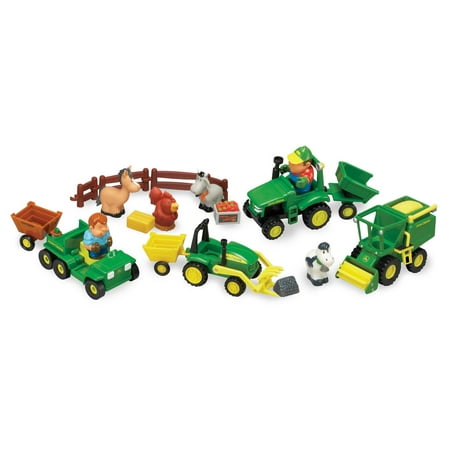Monster Trucks By Hot Wheels 1:43 Scale Vehicle (Styles May Vary)
Hot Wheels Monster Truck Wrecking Wheels deliver epic crashing action with a variety of 1:43 scale trucks! These ground-pounding vehicles feature fun Hot Wheels graphics and wheels made for wrecking, making these Monster Trucks unstoppable! The assortment features a wide variety of wild wheels that match the trucks’ personalities and propel them into big crashes! Each truck has its’ own unique personality, with stylized wheels to match. Each package provides stats like truck strength, unique crash attack, and motor-vation for great storytelling fun! Great gift for kids ages 3+! Each sold separately, subject to availability. Colors and decorations may vary.









Monster Trucks By Hot Wheels 1:43 Scale Vehicle (Styles May Vary):Age Range: 3 Years and UpMonster Truck Wrecking Wheels are perfect for crashing and bashing right out of the boxRevs up storytelling and imaginative play with original monster trucks featuring BIG wheels and huge tiresThe 1:43 scale is perfect for taking the wrecking fun anywhereTruck personalities come to life with awesome stats on back of package giving details of their strength, crash attack, motor-vation and more!Amazing gift for starting a collection or as a birthday gift for ages 3 and olderStyles May Vary, includes one item from the set chosen at random





Reviews
There are no reviews yet.